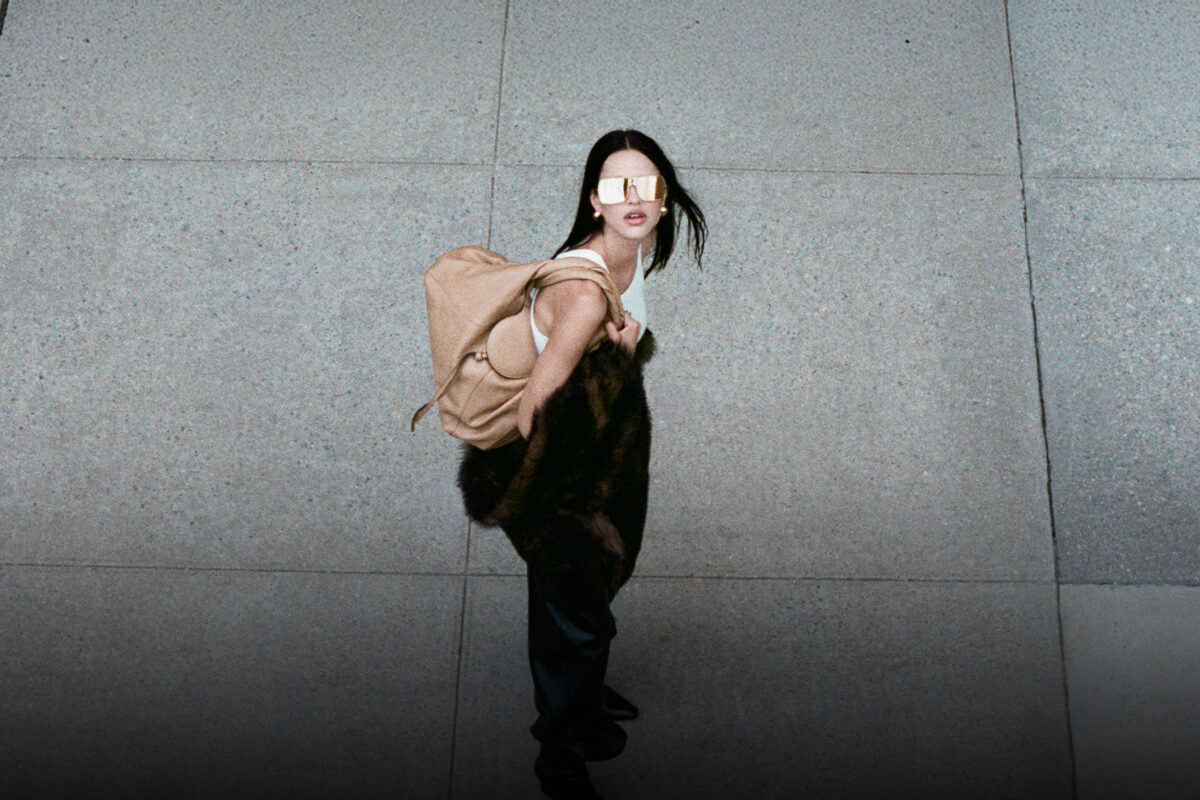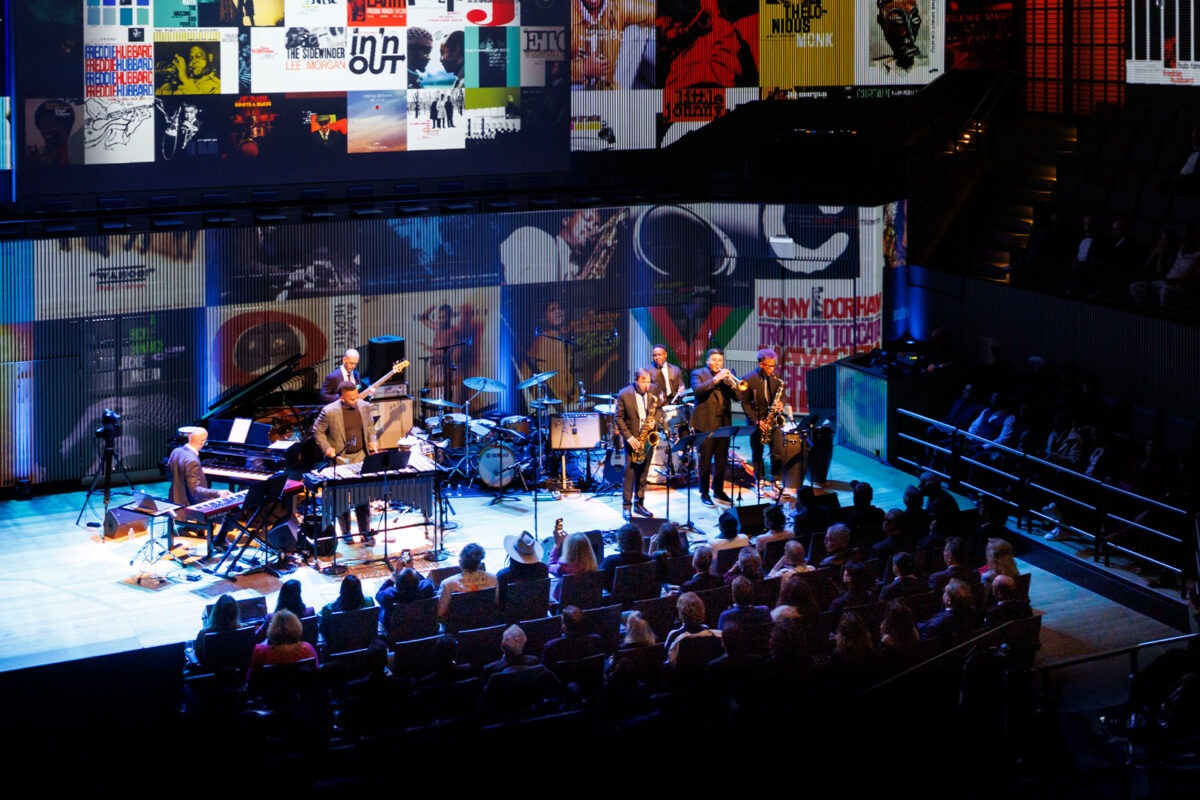One of ballet’s most decorated dancers and artistic directors reveals her plans for the United States’ oldest company
Photography by FRANCOIS DISCHINGER
Words by DAVID NASH
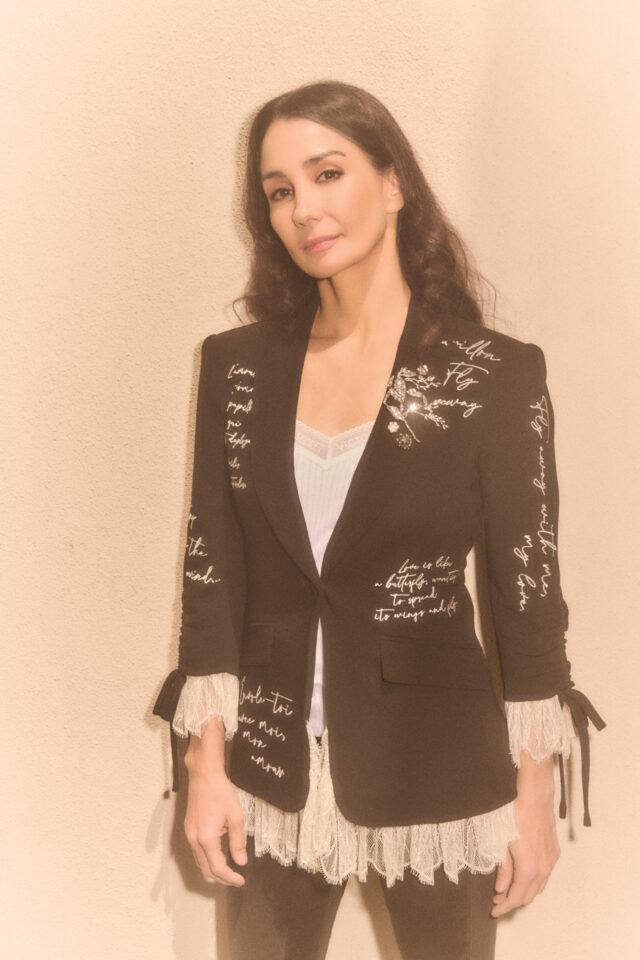
“Every choreographer will tell you that they’d like more time,” says Tamara Rojo, artistic director of the San Francisco Ballet. She has been keeping the entire company — about 80 dancers — on their toes rehearsing her adaptation of ballet master Marius Petipa’s Raymonda. “I have only four weeks to put it together now, then we leave it to rest and start rehearsals again about two weeks before we put it on the stage [this spring], so we teach it now and hope it stays in the bodies and minds of the company.”
Rojo’s commitment to her métier and the San Francisco Ballet are evident, considering the quality of the performances she has directed since December 2022, following the retirement of Helgi Tómasson, whose tenure spanned 37 years. Also, it took almost six months to schedule a private audience with her for this story. But it’s not because of a her lack of interest in sharing more about herself or promoting the ballet; it’s simply a matter of time. “In this company, we do a lot of repertoire, and now, of course, we’re starting to do consistent international touring, so it’s quite a compressed process,” she says, noting that they spend half their year performing in the War Memorial Opera House and the other half on the road. “Most companies have a more regular calendar that includes six weeks of performances in the autumn, and at Christmastime, and then a spring season, so it’s a more balanced schedule than we have.”
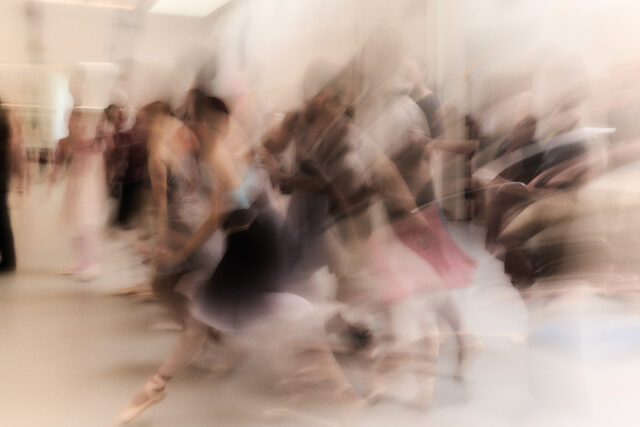
The more successful a company becomes, the more demand there is for those tours and other projects. “That’s the challenge,” she says. “How much do you take on while also ensuring you give yourself enough time to do things properly?” Its founding in 1933 makes the San Francisco Ballet the oldest ballet company in the United States — and one of the most revered for its innovation and the range of its repertory. “I’ve admired this company since I was a teenager,” she says, while mentioning that she grew up, and studied ballet, in Madrid. “I actually applied to audition. Even then I knew its reputation was one of the highest internationally.” And although that opportunity never materialized, Rojo’s professional career has been nothing short of inspiring, particularly because her origin story could serve as the basis for its own three-act ballet. She was an only child, and her parents fled the political and social oppression of Francoist Spain for French-speaking Quebec, only to return with their newborn daughter in 1975, following the dictator’s death. This experience instilled in her the desire for freedom of artistic expression.
“Given my own interest in making ballet relevant and diverse, it fit with the city”
tamara rojo
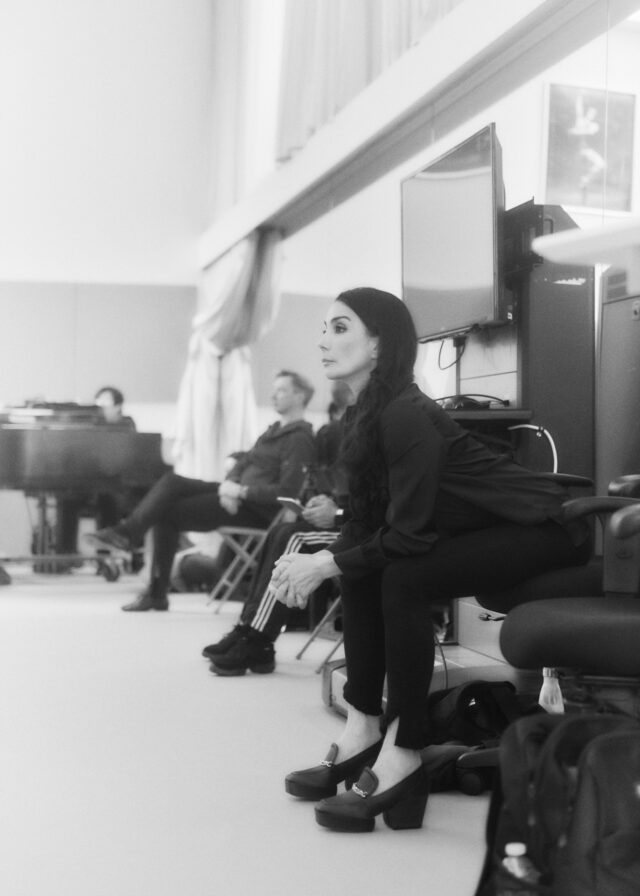
Fast-forward to 1991: After graduating from Royal Conservatory of Dance Mariemma in Madrid, she joined the Ballet Español de la Comunidad de Madrid. Within a few years, she won the La Médaille Grand Vermeil de la Ville de Paris at the prestigious Concours International de Paris. By 1996 she was invited to join the Scottish Ballet in Glasgow, where she performed principal roles in productions like Swan Lake before joining the English National Ballet the following year. Four years later, Rojo began a 12-year stretch with the Royal Ballet as a principal dancer, performing in all its major repertoire, including Giselle, The Nutcracker, the premiere of Ricardo Cue’s Snow White, and Rudolf Nureyev’s Don Quixote.
Then, in 2012, she embarked on her second act and returned to the English National Ballet. This time she traded her pointe shoes for the role of artistic director, a position she held for the next decade. During that period, the company — for the first time in its history — performed at Opéra Garnier in Paris, won a coveted Laurence Olivier Award for its reimagining of Giselle by Akram Khan, and saw Rojo’s debut as a choreographer with Petipa’s Raymonda, which premiered at the fabled London Coliseum in January 2022. But the curtain had barely come down on the performance when Rojo received a call from across the pond that would mean stretching her wings.
“When Helgi decided to retire, the Board [of Trustees] started the process of looking for a new artistic director, and the search firm asked if I was interested in putting my hat into the ring,” she says. “By then, I had been with the English National Ballet for 10 years. The company was financially solid, and we’d moved into new premises that would guarantee a stable future, so I felt like my work was done and it was time for a new challenge.”

She adds, “I love the spirit of innovation at the company and also of San Francisco. So I felt that it was a good match — given my own interest in making ballet relevant, and diverse, it fit with the geographical position of the company and the city.” For Rojo, that positioning includes emerging technologies. “I was listening to a podcast about Frankenstein, because we’re [performing] the work later this season, and I was thinking about society’s [then] fear of the industrial revolution that enabled author Mary Shelley to imagine such a story about reviving the dead to create a new, superior human race. We’re kind of talking about the same things now with artificial intelligence, and it feels very real.” This reality has her imagination moving in a steady pirouette. “Ballet is a human endeavor centered around the sharing of stories and enabling empathy, which seems, from the outside, to be the opposite of what AI claims to bring,” she says. “So how can we use new technologies without sacrificing the very essence of what we are?”
“I love going to Sausalito on the weekends. And Chinatown: Chinese food is my addiction”
tamara rojo
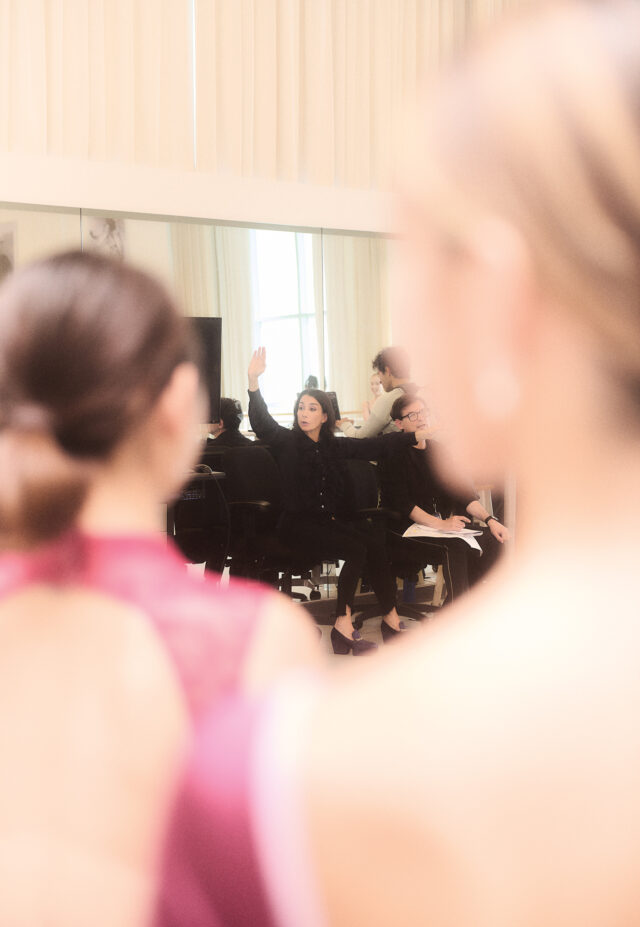

As for making San Francisco home, there’s no question that she’s acclimated to the physical geography and her new surroundings. “It’s a stunningly beautiful city: You have the Pacific Ocean and the nearby forests, and crossing the Golden Gate Bridge you have Sonoma and Napa,” she says, adding “when you’re in London, nature seems very far away.”
Not quite two years into California living, there’s still much for Rojo to discover. “Since I’ve been here, most of my time has been spent working, so there hasn’t been much time to explore.” She has, however, identified a few of her favorite spots. “The Marina District is a wonderful place to live, and I just love the Legion of Honor — both the museum itself and the views from it. I love walking around the Presidio and going to Sausalito on the weekends. And Chinatown: Chinese food is my addiction.”
Apart from keeping an eye on the future — and the occasional dim sum menu — what does the San Francisco Ballet’s newest steward have in store for us this season? With Raymonda waiting in the wings, and The Nutcracker and Manon on the horizon, Rojo and the company have been rehearsing for an eight-performance engagement in Madrid at the Teatro Real, from October 15 to 22, to present Tómasson’s Swan Lake.
“I love that theater and the company will enjoy performing there for the first time,” she says of her hometown’s most famous opera house. “It’s a beautiful time of year to be there, and ballet audiences in Spain are always eager for high-quality performances, so they’ll embrace the company. It’ll be nice to go home to San Francisco.”
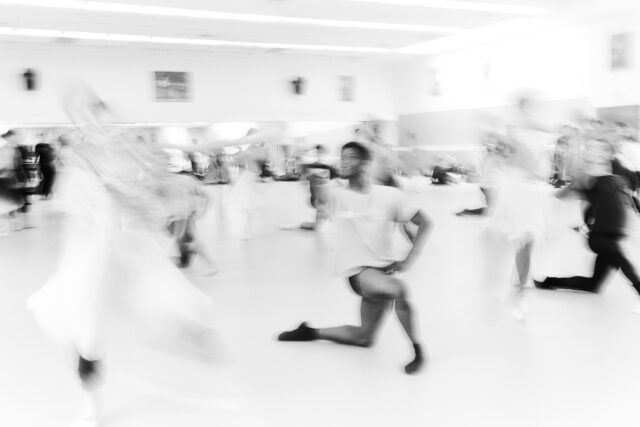

Madelyn Cline wearing PRADA sweater, $1,520, skirt, $2,950, and hat, $3,400. SYDNEY EVAN ring, $10,200.
Feature image: Founded in 1933, the San Francisco Ballet is the oldest ballet company in the United States.
This story originally appeared in the Fall 2024 issue of C Magazine.
Discover more CULTURE news.
See the story in our digital edition

